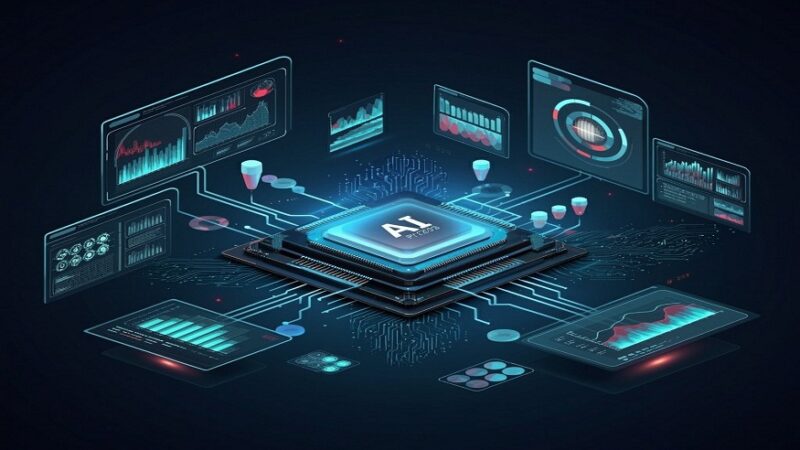Self-service Business intelligence vs Traditional Business intelligence

Self-service business intelligence is an approach to analytics that enables the user to access and explore data sets even if they don’t have a background in Business intelligence or related functions like building reports, analyzing, and filtering without involving the organization’s BI and IT department. Organizations implement self-service BI to make it easier and user-friendly for employees.
Traditional business intelligence is the conventional way to analyze, filter, and build reports by gathering, analyzing, and presenting business data physically to a centralized data warehouse. In this approach, the It department collects raw data from different sources, cleans it, organizes it, and then stores it in a warehouse of data.
Whereas, self-service Business intelligence is a modern approach that enables users to access and analyze data without exclusive interference from the IT department.
Now Let’s look into the different tools of traditional Business intelligence and self-service Business intelligence.
What are the key components of traditional BI?
Data warehousing, ELT tools, OLAP, Reporting and querying software, and data dashboards are the key components of traditional BI.
- Data warehouse: A Data warehouse is a large store where data is collected from a wide range of sources.
- ETL tools: ETL stands for extracting, transforming, and loading. Extracting means taking out data from different sources and then transforming it and modifying and making it compatible and then comes the last part, loading. After transforming the cleaning data, these are loaded into a data warehouse.
- OLAP: OLAP stands for Online Analytical Processing. It is a method that enables business users to easily and carefully extract data from different points of view.
- Reporting and querying software: One of the essential parts of Business Intelligence is reporting and querying. A query is a problem that might require analysis of data from the past or present or may predict future predictions. On the other hand, a report is the result of the query which can be either text or pictorial.
- Data dashboards: They allow users to track, analyze, and report on key performance indicators. It typically visualizes data in charts, graphs, and maps.
Traditional BI systems have been highly efficient and effective in helping business users to use data to drive decision-making, they are typically characterized by a significant level of complexity. They often require the involvement of IT development teams to manage data and generate reports, which can lead to delays and limit the ability of business users to make reports and analyses on time and relevant information.
Nowadays, many organizations and businesses are shifting towards more modern BI tools and approaches, which are designed more user-friendly, offer realistic data analysis, and enable self-service capabilities.
Why does Traditional Business Intelligence still matter?
1. Controlled and managed environment
In traditional business intelligence, the data is controlled and managed by the IT department which ensures that the data is real, reliable, accountable, and consistent with the organization. This traditional way helps in reducing data discrepancies, and misinterpretations and ensuring the same data is used in the whole organization.
2. Handling complex data
Traditional business intelligence is fitted to handle complex data and vast amounts of data. They are designed and made in such a way that they can perform heavy-duty processing which is often required in large organisations and businesses. These are efficient in integrating data from various sources and preparing it for analysis in a manner that is more effective and reliable for large-scale organizations.
3. Security
In traditional business intelligence, the data is usually measured in a place to protect the sensitive data of the organization. This consists of giving access to whom and what data they can access, audit trials to keep a check on how the data is being used, and regulatory requirements.
4. Scheduled reporting
Traditional business intelligence takes an edge when comes to scheduled reporting. It excels in providing scheduled and standardized reports that can provide an overview. These are automated reports that can be seen once they are set up, we can take them whenever we need them without any further intervention.
What are the key benefits of self-service Business intelligence?
- Democratization of data: Self-service Business intelligence tools put data in the hands of business users. By making data more accessible and understandable, self-service BI makes everyone use data to inform their decisions, not just data scientists or IT professionals.
- Cost-effective: By not relying on IT for the generation of the report, business owners can save costs.
- Speed: Traditional BI usually involves a cycle of business users requesting reports, the IT department creating those reports, and then sending them back. With self-service BI, business users can create their reports, greatly speeding up this cycle.
Bases of difference between Traditional BI and Self-service BI
User base: In traditional BI, IT professionals and data analysts are the user base while in self-service BI, business users are.
Management of data: In traditional BI, data is managed by IT while in self-service BI, it is managed by end-users of business owners.
Ease in use: Self-service BI is more user-friendly and easy to use than traditional BI as it requires more technical knowledge.
Speedity: Traditional BI is slower than Self-service BI due to dependence on IT departments for reports and analysis of business.
Security: Traditional BI provides a higher level of security than self-service BI. Thus it can protect your data
Scope: Traditional BI is suitable for large and complex organizations and on the other hand Self-service BI is suitable for personal, development level, or less complex analysis organizations.
Conclusion
Either traditional Business intelligence is better or Self-service intelligence is better depending upon numerous factors. Traditional BI can be better for organizations that need a high level of control and realistic data and have complex data. While self-service BI can be better the organization is looking for more cost-effective, and faster insights like Self-service Business intelligence in USA. In many cases, a balanced approach is taken to combine both elements to bring a perfect solution.






